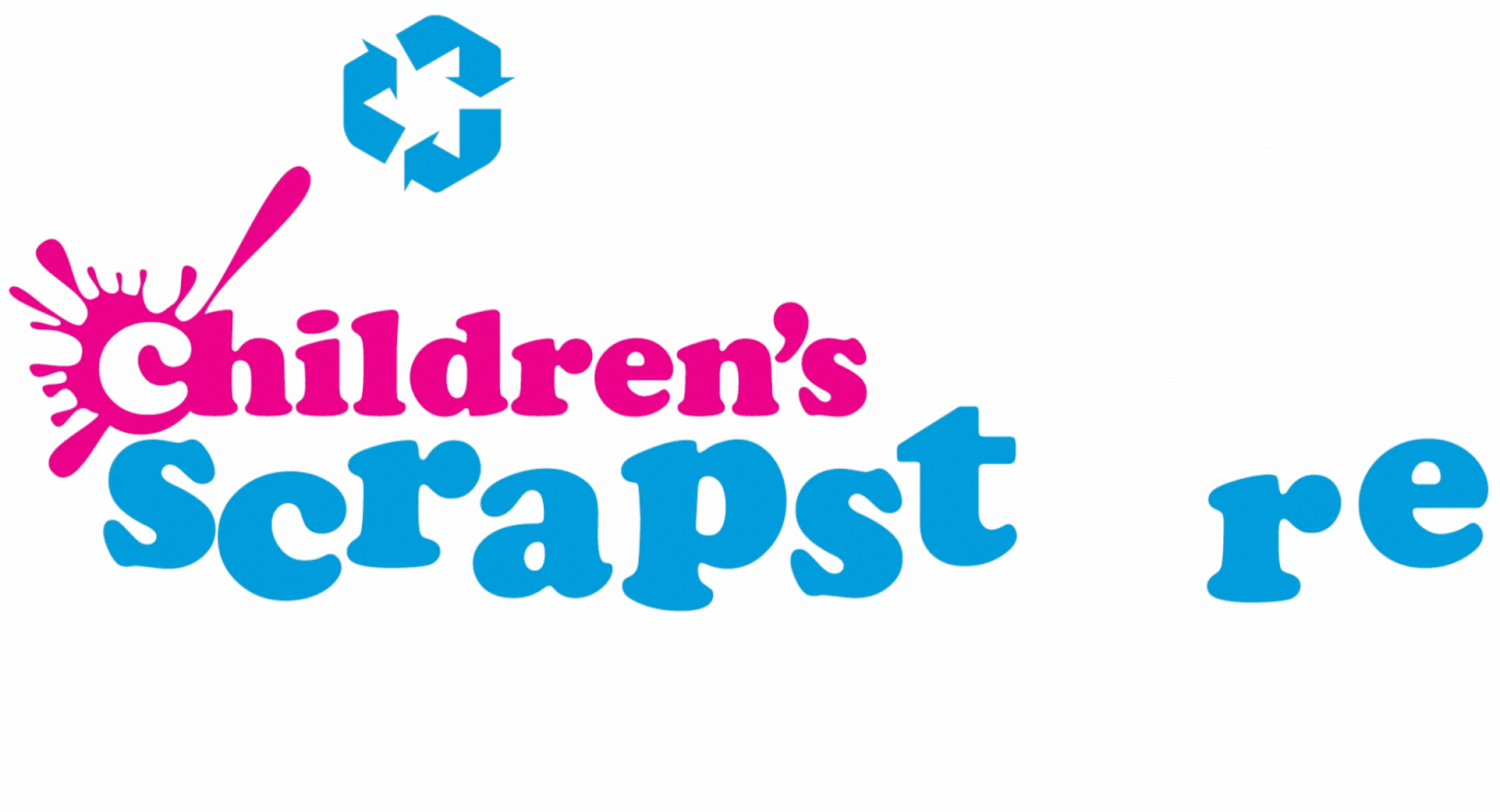Last month saw the publication of the government’s Resources and Waste Strategy for England, Our Waste, Our Resources. A long-anticipated overhaul of the national waste management approach, the document has been labelled the first comprehensive update in more than a decade. In his ministerial forward to the strategy Michael Gove – the Secretary of State for Environment, Food and Rural Affairs – set out his department’s ambitious goals: “to maximise the value of the resources we use, minimise the waste we create, cut emissions and help create a cleaner, greener, healthier planet.”[1]
Our Waste, Our Resources certainly promises a great deal of change and reform. It hinges on five strategic ambitions:
To work towards all plastic packaging placed on the market being recyclable, reusable or compostable by 2025;
To work towards eliminating food waste to landfill by 2030;
To eliminate avoidable plastic waste over the lifetime of the 25 Year Environment Plan;
To double resource productivity by 2050; and
To eliminate avoidable waste of all kinds by 2050.[2]
Other key headlines include charging businesses and manufacturers for the full cost of disposing of their packaging waste, introducing food waste prevention targets for businesses, and striving for consistency in kerbside recycling services (i.e. ensuring that householders can recycle the same types of waste, whether in Southend or Sunderland. Currently there are significant variations across the country). The reception of the strategy, as is usually the case with governmental publications, has been mixed. David Palmer-Jones, chief executive of Suez Recycling and Recovery UK, described the strategy as “an ambitious step change in the nation’s journey towards a circular economy”. By contrast, Mary Creagh, Labour MP and chair of the Environmental Audit Committee, argued that the strategy offered “too little, too slowly.”[3]
Perhaps the most interesting aspect of the strategy is the commitments made to encouraging and facilitating reuse. Recognising the dangers of consumerism and commodity-driven cultures, the strategy calls for “more reuse, repair, and remanufacturing”. It recognises that, in order to achieve this sea-change, current barriers to reuse need to be removed: “Waste is defined with reference to the end-user’s intentions, an intention to discard, and this is sometimes regarded as prohibiting local authorities from identifying items that can be reused.” The strategy proposes a range of ideas for improving reuse, including clarifying the reuse responsibilities of Household Waste Recycling Centres and introducing reuse targets for local authorities. Furthermore, the strategy praises the role of third sector organisations in the reuse sector, promising to explore how the key role played by organisations such as Children’s Scrapstore “can be maintained and enhanced, including through promotion of best practice through guidance.”[4]
There are certainly aspects of this strategy that are vindicated by the day-to-day work of Children’s Scrapstore. A large proportion of our donations, for example, are non-recyclable plastics, such as the food packaging pictured above. While we are glad to help facilitate their reuse, these items will ultimately end up in landfill or at an energy recovery facility, and we would be much happier helping our members reuse recyclable materials. Legislating for an increase in recyclable plastic packaging, then, would seem to represent a positive step. Placing the legal and financial onus on businesses to dispose of their packaging waste also appears a good move. But it would be wrong to suggest that all businesses are wilfully engaging in irresponsible practices. A large proportion of our donations come from businesses who have approached us, frustrated by the current situation and keen to dispose of their waste in a responsible and sustainable manner.
Yet in general the provision for reuse in Our Waste, Our Resources is disappointing and problematic. Introducing reuse targets for local authorities, for example, suggests a lack of appetite for a centralised approach. It would also place a further burden on cash-strapped councils without any commitments to increased funding. The idea of helping third sector organisations, while no doubt well intentioned, is also desperately vague. If such organisations are seen as the vehicle for increasing reuse nationally then they need more than woolly offers of “promoting best practice”.
There are various ways that government policy could encourage reuse nationally, ranging from increasing reuse awareness (in schools, at the work place, and in local communities) through to encouraging greater national coordination (e.g. supporting and empowering national organisations such as the Reuse Network). Ultimately, however, a far-reaching reuse revolution can only happen with financial help. There are numerous exciting campaigns that could serve as a model for reuse in England, not least the inspirational Kierrätyskeskus in Finland, an organisation that runs several enormous reuse stores in Helsinki and a nationwide online marketplace of household items, upcycled furniture, and second-hand clothes. But as a larger country we have greater challenges, and we cannot wait for such schemes to develop organically. If the government is serious about its reuse goals then it needs to make genuinely transformational funding commitments.
[1] Our Waste, Our Resources: A Strategy for England, DEFRA (London, 2018), 4.
[2] Ibid., 13.
[3] ‘Resources and Waste Strategy: Green Business Community Reacts’, edie.net, https://www.edie.net/news/11/Reaction-round-up--What-does-the-green-economy-make-of-the-Resources-and-Waste-Strategy-/, accessed 2nd January 2019.
[4] Our Waste, Our Resources, 55-57.


